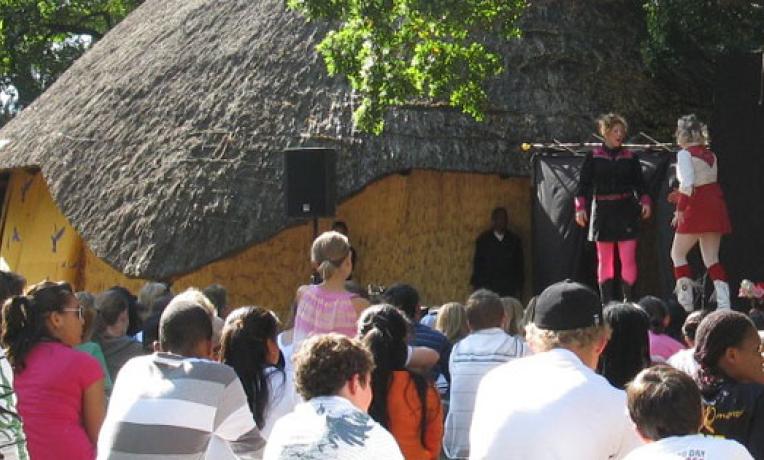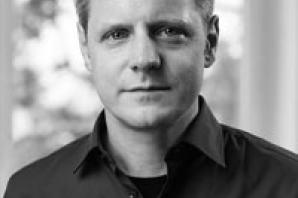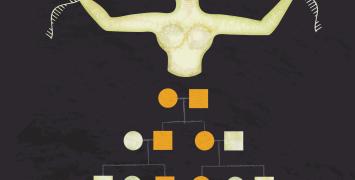Centre stage: the vital social role of applied theatre
Applied theatre tells a story not for the purposes of entertainment but for social, economic, political or therapeutic reasons. Prof. Matthias Warstat, funded by the ERC, wants to know more about the growth and impact of this form of theatre across the world.

Over the past few decades, applied theatre has been growing in popularity. It can be performed in a variety of spaces, often by people who are not actors. It can be used to help people process traumatic experiences, resolve conflicts in local communities, select staff for leadership positions and prepare juvenile offenders for reintegration into society. Now, evenmore traditional theatre is turning towards such issues.
Despite its outstanding cultural and political significance, applied theatre has so far largely been ignored by theatre studies. The team led by Prof. Warstat launched an international comparative study to understand how aesthetic, political and ethical aspects of applied theatre interact in South Africa, the Middle East, Central America and Europe. Key goals included gauging the opportunities and risks involved in applied theatre while trying to assess its long-term development, as well as examining the ethical issues involved.
“From a European perspective, it was impressive to see that applied theatre outside Europe, such as in South Africa, often has a longer tradition and is far more differentiated and elaborated,” explains Prof. Warstat. “This means there are a lot of experiences in the world of applied theatre from which we in Europe can learn.”
Fascinating confrontation
The team found that some forms of theatre can resonate with audiences worldwide and across cultural boundaries. However, the use of applied theatre does come with some risk, especially when working with patients, prisoners and other vulnerable groups.
Their assertion is that no one can know how the confrontation between actors and an audience is going to evolve. Therefore, the tension of every theatre project has the potential to be both fascinating and dangerous.
The researchers were keen to foster dialogue between theory and practice. Through workshops, interviews and field research, they found out what theatre practitioners and artists thought about their own work and its impact on target groups.
Using these findings, they have devised a model for analysing applied theatre projects, which is now being used for academic teaching. The methodology takes into account the complexity of this form of theatre and its difference from more mainstream performances.
More than a performance
“When it comes to theatre projects in youth work, in prison or in hospitals, the final performance is often not the most important element. In some cases, there is no performance at all, because the theatre work was about topics that are confidential or not intended for a larger audience,” says Prof. Warstat. “Therefore, a comprehensive analysis of such projects has to consider many other dimensions, including the institutional framework,
funding policies, rehearsal processes, accompanying discussions and subsequent public debate.”
The team also aimed to find innovative ways of communicating their results. For instance, film-maker Janina Möbius, who was part of the project from the beginning, created a film about theatre in Mexican prisons that will be shown internationally to promote dialogue between researchers, theatre-makers, prisoners and prison authorities.
Matthias Warstat is Full Professor of Theatre Studies at Freie Universität Berlin since 2012, where his main areas of research and teaching are: contemporary theatre and society, theatricality of politics, modern European theatre history. Between 2008 and 2012, he was Chair of Theatre and Media Studies at University of Erlangen-Nuremberg. In 2012, he was awarded an ERC-Advanced Grant for the project „The Aesthetics of Applied Theatre“. Recent publication: “Soziale Theatralität. Die Inszenierung der Gesellschaft” (Paderborn 2018).
This article was first published in the European Commission Research and Innovation Info centre






